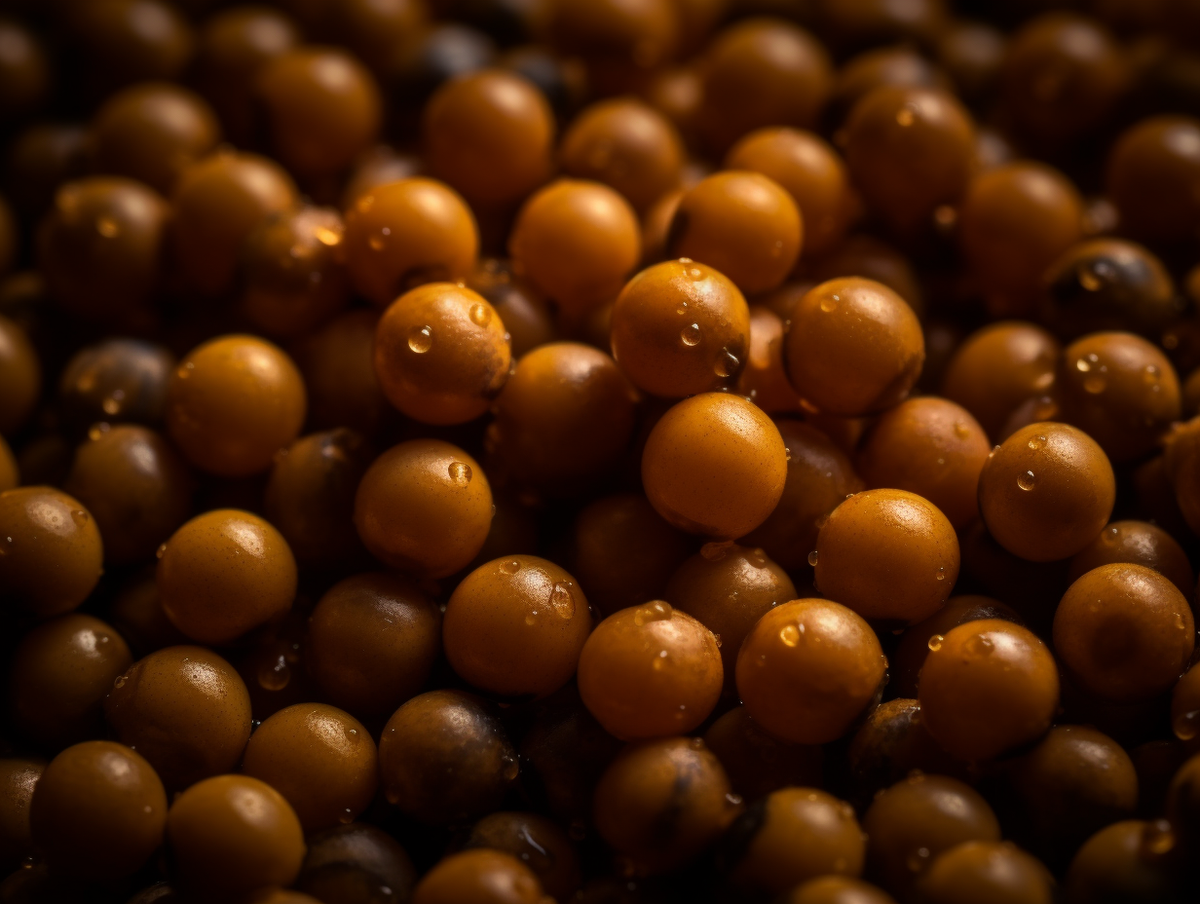Mustard Seeds
- Seeds & Lentils
Mustard seeds have a fascinating history dating back over 5,000 years. They were cultivated by ancient civilizations such as Mesopotamia and Egypt, who recognized their value in both medicine and cooking. These tiny seeds come in various colors, including yellow, brown, and black, each with its distinct flavor profile and level of spiciness. Yellow mustard seeds offer a milder taste, while brown and black seeds are known for their greater heat. Culinary enthusiasts worldwide appreciate mustard seeds for their versatility. They are commonly used in condiments, pickles, marinades, and spice blends.
Derived from the mustard plant, mustard seeds have a long history of culinary and medicinal use. Nutritionally, they are rich in dietary fiber, protein, healthy fats, and essential vitamins and minerals like calcium, iron, magnesium, phosphorus, and potassium.
Compounds found in mustard seeds, such as glucosinolates and isothiocyanates, contribute to their anti-inflammatory properties. These properties have potential in reducing inflammation and aiding conditions like arthritis and inflammatory disorders.
Studies indicate that mustard seeds possess antimicrobial and antifungal properties, attributed to compounds like allyl isothiocyanate. Such properties make mustard seeds effective against certain bacteria and fungi.
References:
Das, Gitishree, et al. "Glucosinolates and Omega-3 Fatty Acids from Mustard Seeds: Phytochemistry and Pharmacology." Plants (Basel), vol. 11, no. 17, 2022, p. 2290. doi:10.3390/plants11172290.
Chen, Chunye. "Sinapic Acid and Its Derivatives as Medicine in Oxidative Stress-Induced Diseases and Aging." Oxidative Medicine and Cellular Longevity, vol. 2016, 2016, p. 3571614. doi:10.1155/2016/3571614. Published online November 10, 2015.
